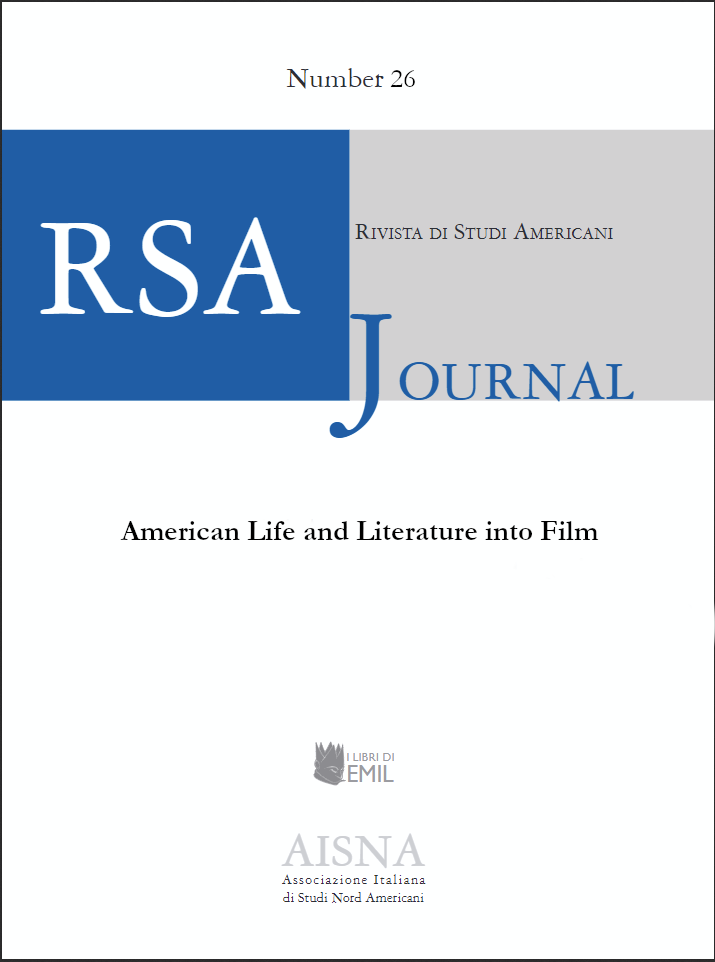Permanence and Transience in Sofia Coppola’s “The Virgin Sucicides”
DOI:
https://doi.org/10.13135/1592-4467/8651Keywords:
permanence, transience, cinema, artAbstract
Adapted from Jeffrey Eugenides’ 1993 novel of the same title, The Virgin Suicides by Sofia Coppola (1999), cinematography by Ed Lachman, screenplay by Coppola, concerns the demise of the five adolescent Lisbon sisters in Detroit’s suburbia of the seventies with the elm-trees dying and a serious environmental concern setting in. A group of schoolboys, strongly attracted by the beautiful creatures, watch them closely to spy on their personal moments trying to make sense of the mystery and ambiguities surrounding their life, and end up being the object of the girls’ and the spectators’ gaze. Events and states of mind in the film are associated with famous paintings of the past stored in the collective memory with the effect of producing some form of dialogue between cinema and painting, while the tropes of transience and permanence at work in life, art, and Nature sanction the inevitability of vanishing, but also the continuity, of cinema itself.
Downloads
Published
Issue
Section
License
RSAJournal applies a CC BY-NC-ND license to all its contributions. This license enables reusers to copy and distribute the material in any medium or format in unadapted form only, for noncommercial purposes only, and only so long as attribution is given to the creator. CC BY-NC-ND includes the following elements:
- BY: credit must be given to the creator.
- NC: Only noncommercial uses of the work are permitted.
- ND: No derivatives or adaptations of the work are permitted.
Authors who publish with this journal agree to the following terms:
- Authors retain the copyright and full publishing rights for their submissions to the journal.
- Authors grant the journal right of first publication with the work simultaneously licensed under a Creative Commons Attribution-NonCommercial-NoDerivatives 4.0 International License that allows others to share unedited work for non-commercial purposes with an acknowledgement of the work's authorship and initial publication in this journal.
- Authors are able to enter into separate, additional contractual arrangements for the non-exclusive distribution of the journal's published version of the work (e.g., post it to an institutional repository or publish it in a book), with an acknowledgement of its initial publication in this journal.




